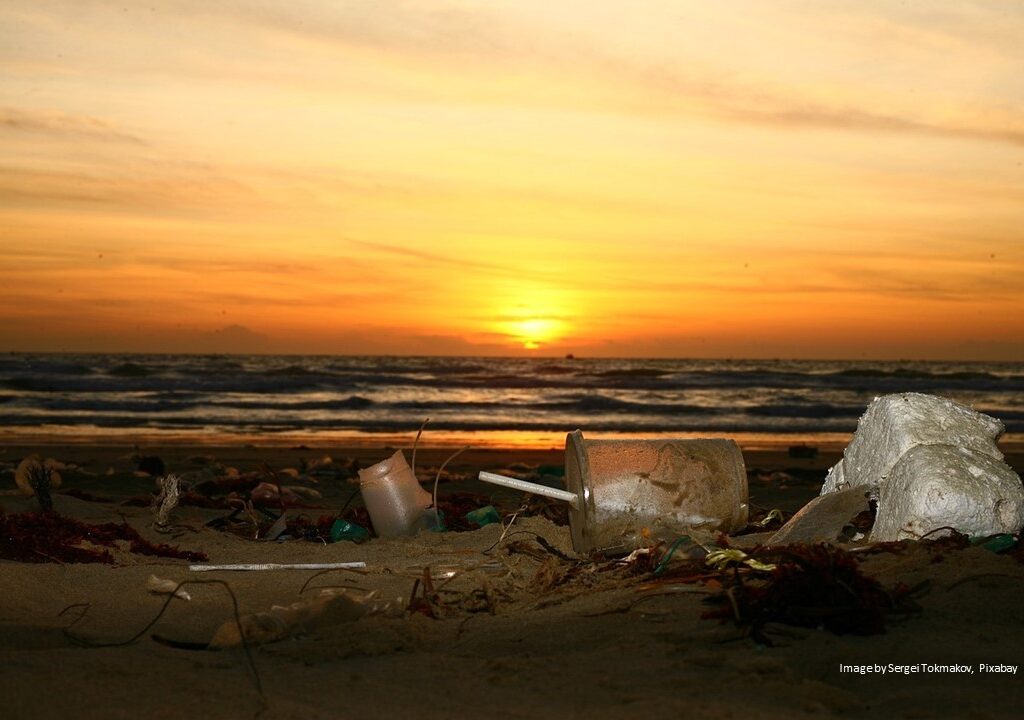Africa’s Priorities for COP28
Strengthening Coverage of Conservation Agenda: ABCG and MESHA hold inaugural science café
The media has an important role as agenda setters and decision-makers while wielding the power to shift the narrative to ensure conservation is given the priority and attention it deserves in order to push for the much-needed transformation.
Africa’s Resolute Stance to Confront the Daunting Challenge of Climate Change
The Africa Climate Summit represented a shift in Africa’s involvement in global climate action, where high-level attendance and participation demonstrated the continent’s active leadership.
How Africa can Influence the Global Climate Agenda at the Africa Climate Summit 2023
The Africa Climate Summit brings together African governments, civil society, private sector and development partners to discuss and agree on concrete commitments and initiatives that will accelerate the implementation of the Paris Agreement and the Kunming-Montreal Global Biodiversity Framework in Africa.
From Discovery to Dedication: The Inspiring Journey of Badru Mugerwa in African Conservation
The African golden cat is Africa’s most enigmatic wild cat species that is mainly found in Central and West Africa. Unfortunately, the cat is facing extinction due to widespread unauthorized hunting.
ABCG Partners With Birdlife International to Promote Conservation in Africa
BirdLife International Africa, and ABCG have signed an MoU to advance biodiversity conservation in Africa. The MoU will focus on developing and implementing conservation programmes and linkages including climate change, restoration in line with the Africa Union Agenda 2063 and the Post 2020 Global Biodiversity Framework.
ABCG at ICCB 2023 Newsletter Highlights
A roundup of ABCG events at the 31st International Congress for Conservation Biology (ICCB 2023) that took place in Kigali, Rwanda from July 23-27, 2023.
Plenary Remarks by Rubina James ABCG Director at the 2023 Society for Conservation Biology Congress
Nature-based solutions that balance socio, economic and ecological objectives, offer immediate and cost-effective long-term benefits to both mitigate climate change and adapt to its unavoidable impacts.
ABCG and The Society for Conservation Biology in Africa Sign MoU for Coordinated Action on Biodiversity Protection
ABCG and the Society for Conservation Biology in Africa (SCBA) have entered into a Memorandum of Understanding (Mou) that will see the two organizations work together in support of the sustainable use and management of biodiversity in Africa and globally.











